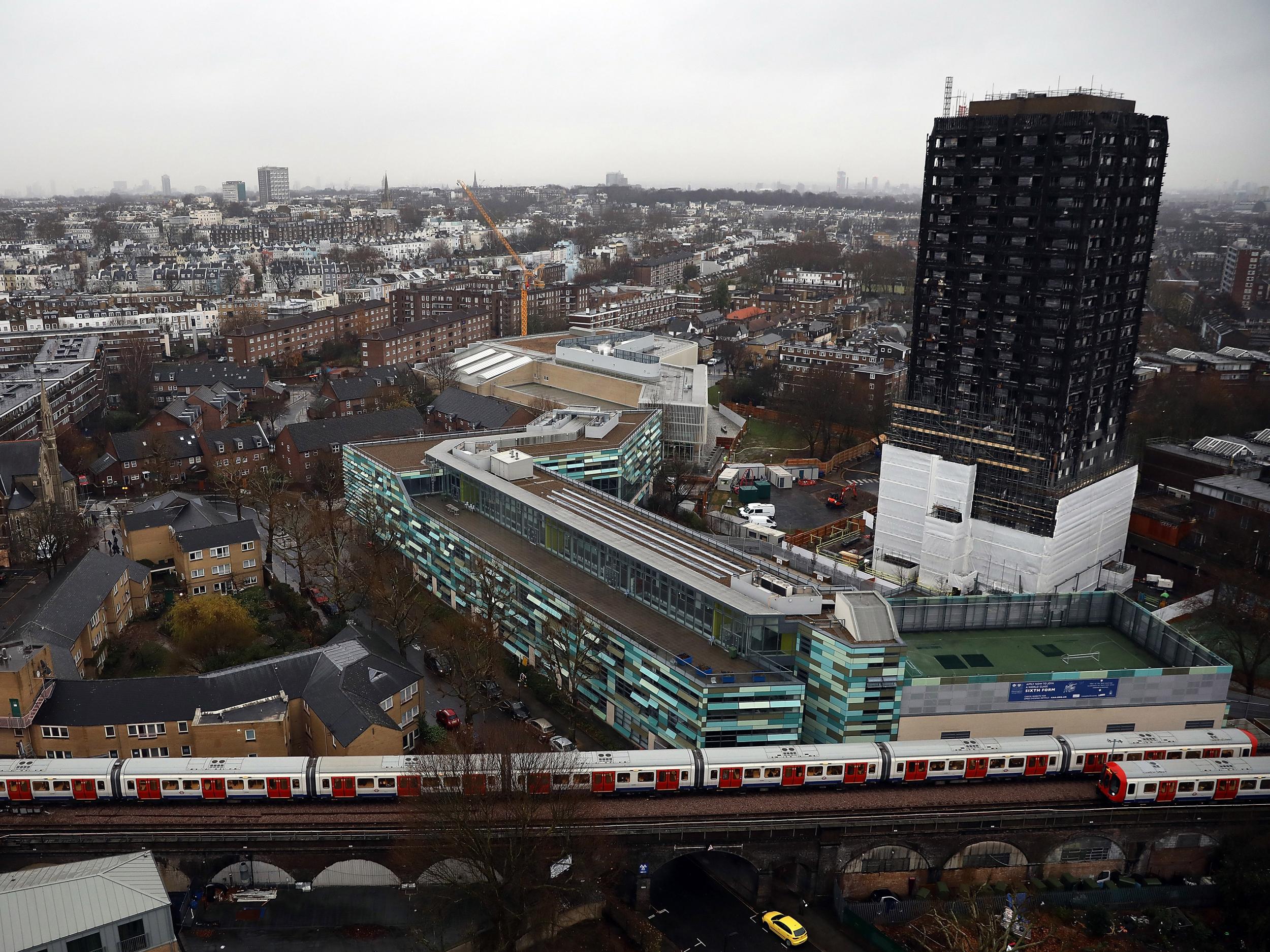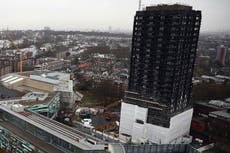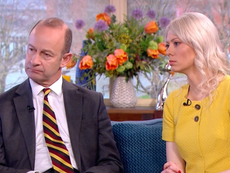These are the tough questions about Grenfell that still need to be answered – for the sake of the victims
The fact that many frequently raised concerns have been largely ignored is draining what was once a huge reservoir of public sympathy for the disaster's survivors


Nine months on, the charred carcass still looms over North Kensington. It is a black reminder of a conflagration everyone said they would never forget – then did; of a disaster everyone said could bring “the community” in the two halves of Kensington together – but hasn’t.
Oh, there was a time, was there not, when we were all Grenfellers – just as we have all been Falklanders, Charlie Hebdo, Chibok schoolgirls, and so on. And for a time legions of volunteers from near and far filled the gap left by delinquent public services. But horror and shame at the neglect just a stone’s throw from Kensington’s glistening stucco mansions has now largely given way to indifference. The national soul-searching has ceased, and with it much of the wider solidarity with those who lost family, friends and homes.
Preparations for the inquiry, chaired by retired appeal court judge, Sir Martin Moore Bick, trundle on. Documents are being assembled; experts are producing reports, and evidence will start being heard in May. A procedural hearing this week decided that the first days will be devoted to personal tributes to those who lost their lives – a humane opening to what will be a grim and often technical public inquiry.
Public sentiment, though, has become polarised, as has so much else in the UK today. On the one side – exemplified by Stormzy’s angry outburst at the Brit Awards – are those who argue, essentially, that nothing is too good for the victims of something akin to a deliberate act of class and ethnic cleansing. On the other, are those who wish the council would get a move on in providing decent new housing for the survivors, but who have misgivings about a burgeoning Grenfell industry that seems intent on exploiting a tragedy to foment a revolution. Many survivors find themselves in the middle: uneasy with the shrill advocacy, but concerned, too, to keep their legitimate interests in the public eye.
And they are right to be concerned. There has been a flurry of bad news around the Grenfell cause. It has included the conviction of one non-resident for receiving money on the false pretence that his non-existent wife and child had died; the conviction of an actual resident for running a cannabis oil “factory” (complete with gas canisters), and questions about what appears to be rather generous expenses and re-housing some people have received.
Now, of course, no one even peripherally affected by the Grenfell fire should have their reputation tarnished in any way by impostors. And if expenses and re-housing seem in some cases lavish, that is not a stone to be thrown at the claimants. It is understandable that the council, in the circumstances, would want to avoid any appearance of meanness. Nor is it fair to blame as yet un-housed survivors for being too choosy. Who would not be choosy at such a time?
But the truth is that swathes of the public have turned their face away from Grenfell, and not just because of unwarranted criticisms such as these. At least as much to blame for the growing distance between the survivors’ advocates and the rest are the information gaps that have been left by officialdom, only to be filled with prejudices and fears.
If you want to know where the information gaps lie, you have only to listen to any phone-in, or read any of the below-the-line comments on newspaper and magazine articles. The same questions are raised time after time, and the fact that they have largely gone not only unanswered, but unaddressed, is draining what was once a huge reservoir of public sympathy. It has reached the point where, regrettably, certain very basic questions have become taboo.
They begin with the most obvious: how many people were actually living at Grenfell Tower at the time of the fire? Did the council – or its tenant management organisation – have any idea who was there?
Second: the tower contained 120 flats; but the number of households to be rehoused is now put at 207. Why? The council has explained the discrepancy in part, by saying that affected households could choose to be split into smaller family units. It appears the number also includes some people from neighbouring blocks traumatised by what they saw that night. But non-Grenfell tenants in dire need of social housing, or rehousing, fear their chances of being rehoused are now diminished and ask why Grenfell tenants are not being offered “like for like”. Both sides have a point, but the question has hardly been aired.
A third question: how many Grenfell survivors were genuine social tenants, paying their own rent, or having it paid for them? Does this account for all the flats on the council’s books, or were some – many? – being illegally sublet (for huge profits in that area of London)? No one need name names, but the council has a unique opportunity to judge the scale of a usually intractable problem. Have they tried to find out? And if they have, are the answers not a matter of public interest?
Fourthly: what about flats that were privately owned – bought under the Right to Buy – and now either owner-occupied or commercially let? Did the owners or tenants have insurance? Should they have done? Are private owners being rehoused by the council? Should they be? Private owners in non-council blocks would have to rely on their insurers and then sue for compensation on the grounds of negligence or illegality (say, the fire-worthiness of the cladding). Does the coexistence of private owners and council tenants in a council-owned block blur some basic borderlines in terms of responsibilities and cash?
And finally, the question that was on so many lips at the start, but which has rapidly been driven underground. How many of those living in the tower had no right to be in the UK, let alone to live in social housing? Again, there is no need to name names, and the Government’s pledge, if there was a pledge, of no deportations should be honoured. But the question itself is valid. It is causing a lot of below-the-line frustration, and – like the other questions – it deserves an answer.
There seems to be a consensus (an elite consensus) that softly, softly is the way to go. But is it, really? Do Kensington & Chelsea, and the Government, not have an obligation to ask the same questions that the public are asking – and provide answers, even if they are unpalatable?
Now it may be that all, or the vast majority, of Grenfell residents were legally entitled to be there; that there was no murky business going on in terms of subletting, that there was only one cannabis factory (which, incidentally, only came out because the judge quashed attempts to restrict reporting), and that the obligations as between private and social tenants were properly observed. But if this is so then the council needs to say so, lest the official silence be interpreted – as it has been and will be – as suggesting something else.
And without answers to these questions, the divisions that have set in over Grenfell will deepen further, to the point where most sympathy is gone. In that event, instead of being a disaster that brings individuals and communities together, Grenfell will stand as a grim monument to how, in the end, they were driven further apart.



Join our commenting forum
Join thought-provoking conversations, follow other Independent readers and see their replies